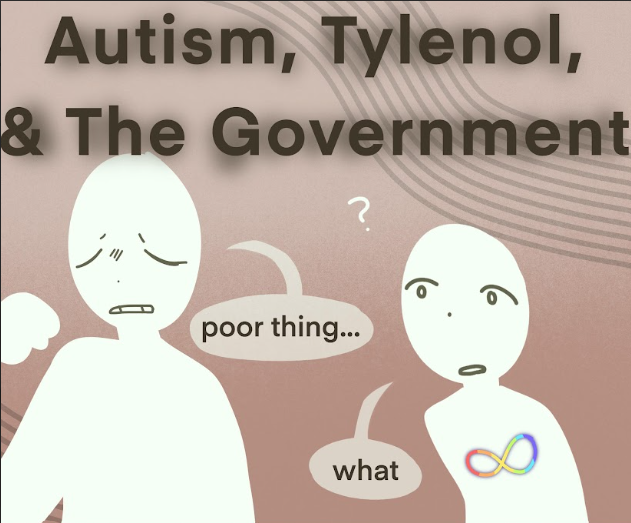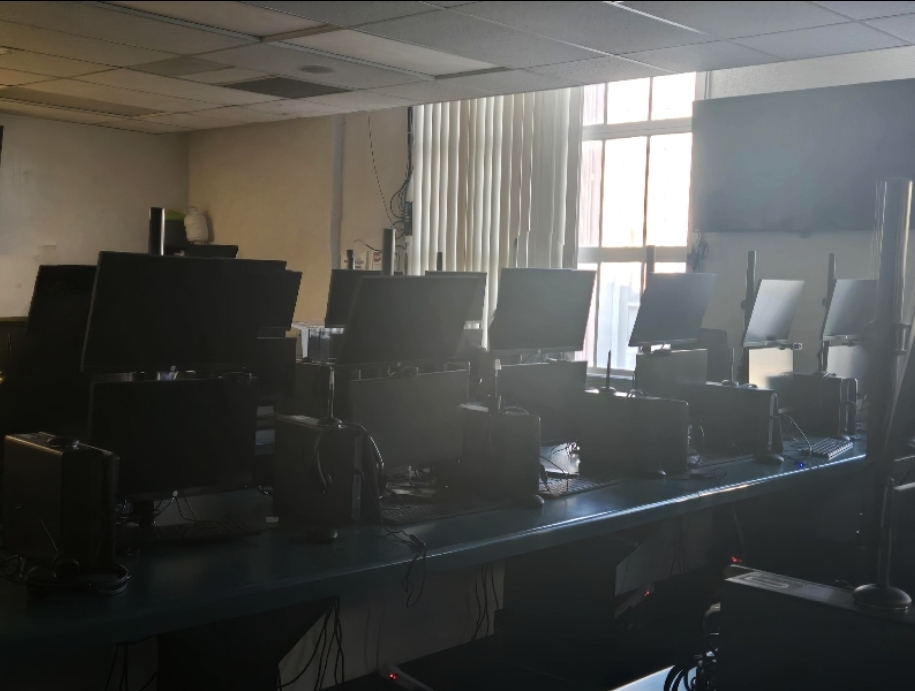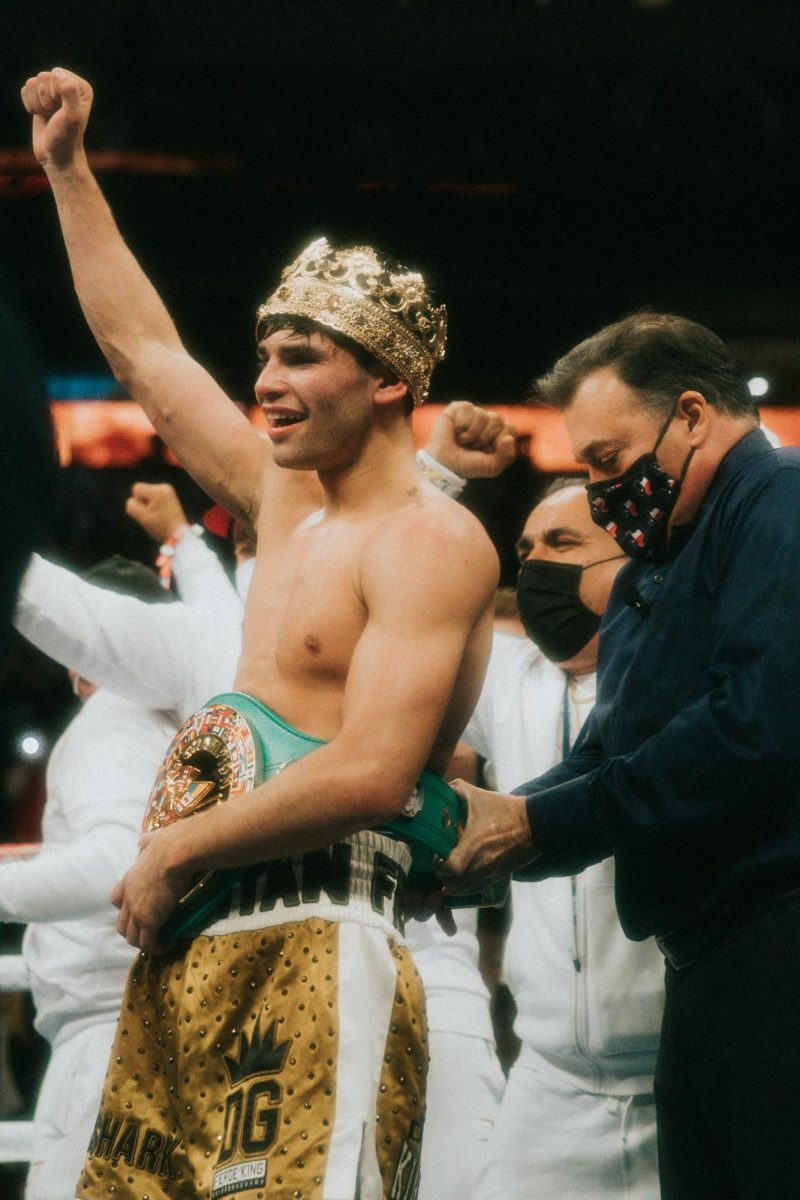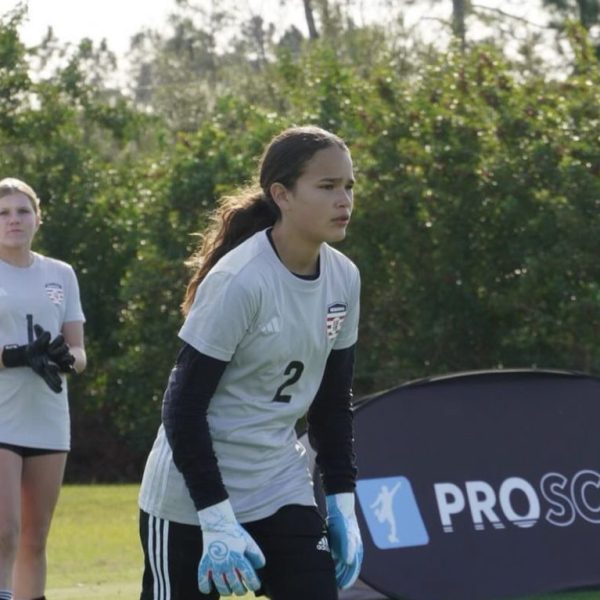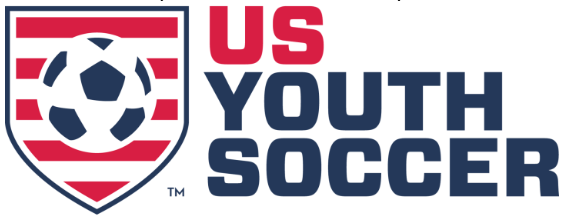
In the United States, playing youth soccer often comes with a hefty price tag. Unlike many countries where young athletes are scouted and trained through club systems funded by the sport itself, the U.S. operates mostly on a “pay-to-play” model. This means families must pay thousands of dollars each year just for their children to participate, raising concerns about fairness, access, and the development of talent.
For many families, getting involved in competitive youth soccer can cost anywhere from $1,500 to $5,000 a year, covering club fees, uniforms, tournaments, travel, and coaching (SoccerNovo).
Elite academies and private training can push expenses even higher with each training costing up to $30 each time. Because of these financial demands, U.S. youth soccer is often dominated by players from wealthier backgrounds. A 2019 report by the Aspen Institute’s Project Play and Utah State University found that children from low-income families are six times more likely to quit sports due to financial constraints compared to their higher income peers. This gap highlights how the pay-to-play model limits access for underprivileged communities and prevents many talented young athletes from developing in the sport. FIFA President Gianni Infantino criticized the model, saying, “One of the things which shocked me here in America is that children have to pay in order to play. We have to stop this” (USA Today Pro Soccer Wire).
While the pay-to-play system dominates elite and competitive youth soccer, it’s not entirely accurate to say that all youth soccer in the U.S. requires large financial investment. Many community based recreational leagues like those organized by AYSO (American Youth Soccer Organization) or local YMCA programs offer low cost participation for families. For example, San Diego FC’s Right to Dream Academy provides a fully funded, free residential program, including housing, education, and soccer training for boys aged 12–18, with plans to expand to girls in 2026. Austin FC’s Academy provides a homestay program where host families receive a monthly stipend to cover food and transportation costs, ensuring players have a stable living situation during the season. These programs reflect a growing effort to create more inclusive opportunities, particularly in underserved communities, and suggest that while pay-to-play is widespread, it’s not the only route available.
Beyond scholarships and recreational leagues, innovative programs are actively reshaping access to soccer. In Atlanta, StationSoccer, a collaboration between Soccer in the Streets and MARTA transforms underutilized spaces at transit stations into free to use soccer fields. Since its inception in 2016, the initiative has expanded to six MARTA stations, with plans to reach ten by 2026. Participation has grown significantly, with over 2,800 youth involved in 2023, up from 1,400 in 2022 . The newest field at East Lake MARTA station alone has enrolled approximately 350 children . These programs not only provide free access to soccer but also offer mentorship and community support, demonstrating that reducing costs can open more pathways for youth. However, such opportunities remain limited compared to the broader pay-to-play system.
With the U.S. set to co-host the 2026 FIFA World Cup, pressure is mounting to reform the country’s youth development system. A shift away from the pay-to-play model could help uncover talent in underserved communities and create a more inclusive and competitive soccer culture, but without meaningful change, the U.S. risks losing countless future stars, not due to a lack of talent, but because they simply couldn’t afford to play.



